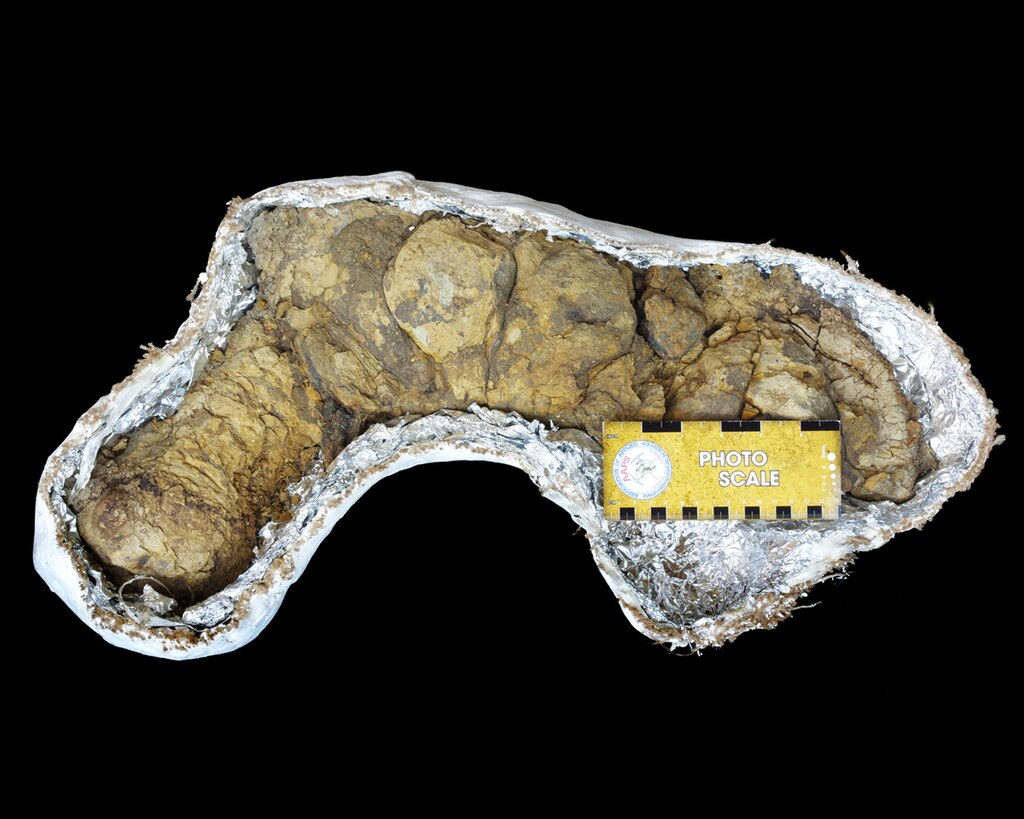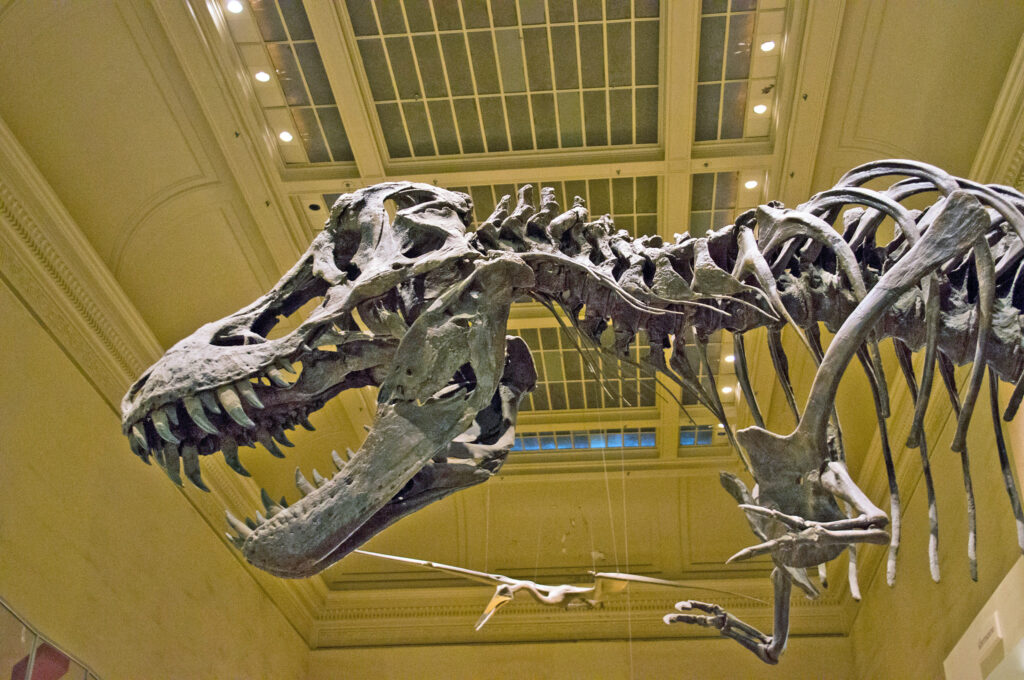The prehistoric world of dinosaurs continues to captivate our imagination, from their massive sizes to their unique physical adaptations. But what if these magnificent creatures had participated in modern-day sports? Based on their physical characteristics, hunting styles, and evolutionary adaptations, we can make educated guesses about which dinosaur species might excel at different athletic competitions. Let’s embark on this playful thought experiment that combines paleontology with sports analysis to envision a Mesozoic Olympics unlike anything the world has ever seen.
The Sprinting Superstars
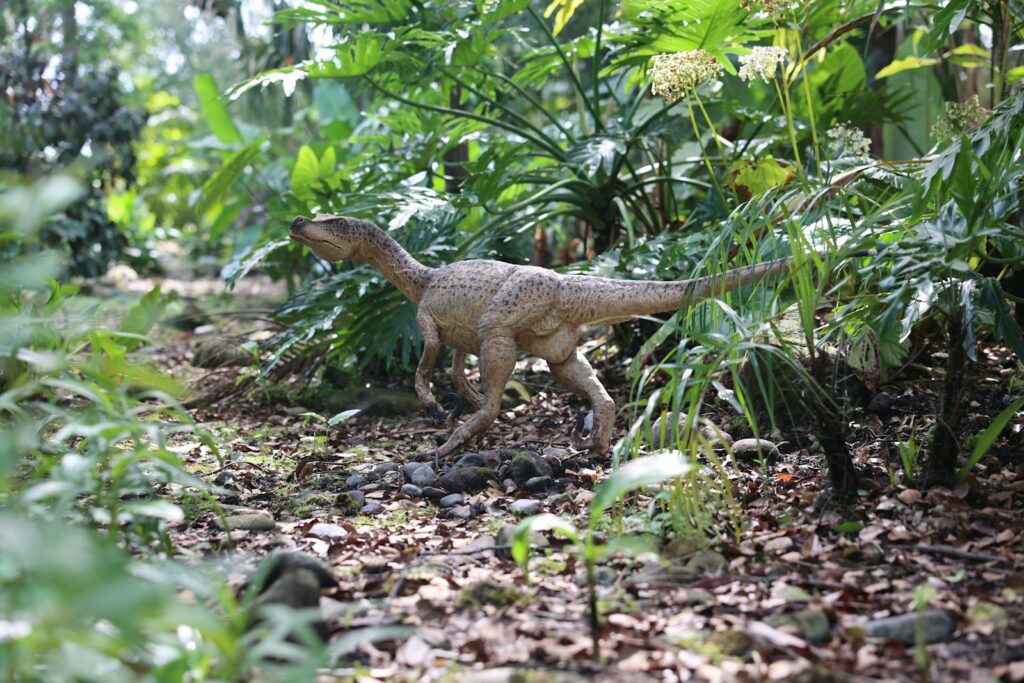
When it comes to pure speed on the track, Gallimimus would likely dominate the sprint events. These ostrich-like ornithomimids could reach estimated speeds of up to 40 mph with their long, powerful legs specifically evolved for running. Their lightweight frames, measuring around 20 feet in length but relatively light at approximately 970 pounds, gave them an exceptional power-to-weight ratio. Gallimimus also possessed a long tail that would have provided crucial balance while making sharp turns. In the 100-meter dash, these agile dinosaurs would leave even the T. rex in their dust, making them the Usain Bolts of the Cretaceous period.
Basketball’s Prehistoric Stars
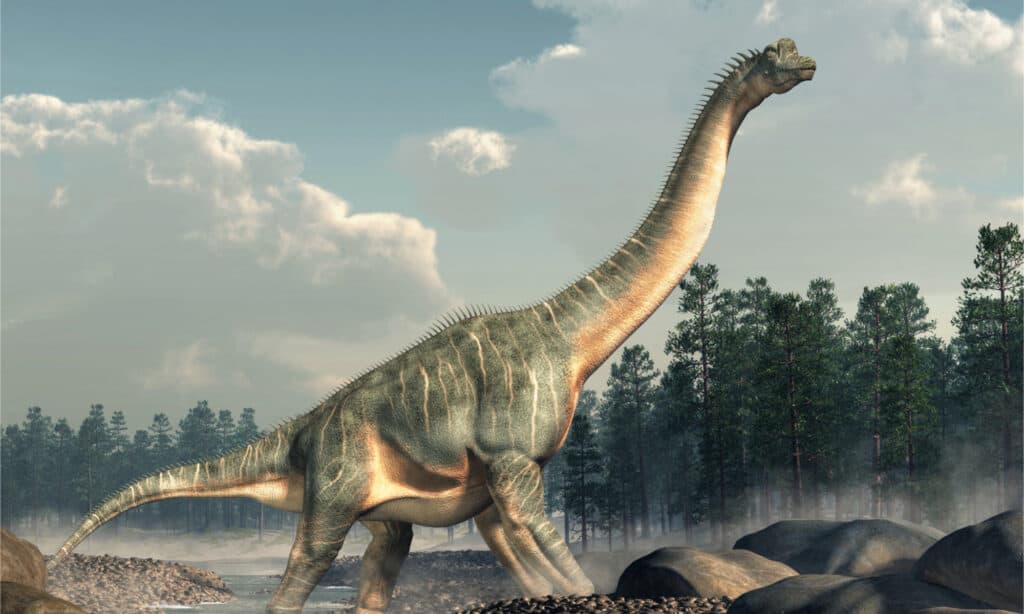
Basketball would naturally favor dinosaurs with height and reach, making Brachiosaurus the obvious choice for center position. Standing at nearly 40-50 feet tall with front legs significantly longer than their hind legs, these gentle giants could easily dunk without jumping. Their long necks would give them unparalleled court vision, allowing them to spot open teammates across the court. However, their massive size would make them somewhat slow on defense, requiring quicker teammates like Deinonychus to handle perimeter defense and fast breaks. The combination of height advantage and surprising dexterity would make sauropods the dominant force in dinosaur basketball, though their free-throw shooting might suffer due to their relatively small heads and limited fine motor control.
Swimming Champions
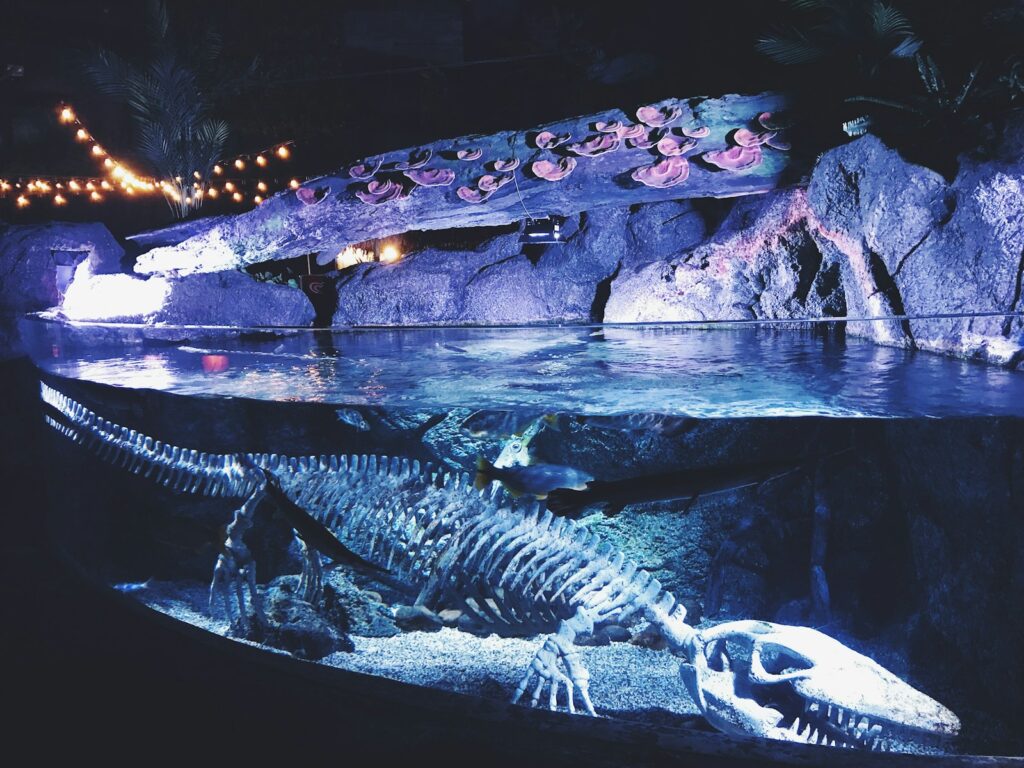
The aquatic events would be dominated by marine reptiles (though not technically dinosaurs). Ichthyosaurs, with their dolphin-like bodies and powerful tails, would excel in sprint swimming events. These remarkably hydrodynamic creatures evolved specifically for ocean life, with some species capable of sustained high-speed swimming and deep diving. For endurance swimming events, Plesiosaurus with their four paddle-like limbs might take the gold, using their unique body design for efficient long-distance travel. Among true dinosaurs, the semi-aquatic Spinosaurus would be the top contender, using its powerful tail for propulsion and its sail possibly for stabilization in water. Recent research suggests Spinosaurus was adapted for an aquatic lifestyle more than any other known large theropod, making it the Michael Phelps of dinosaur swimming competitions.
The Heavyweight Wrestlers
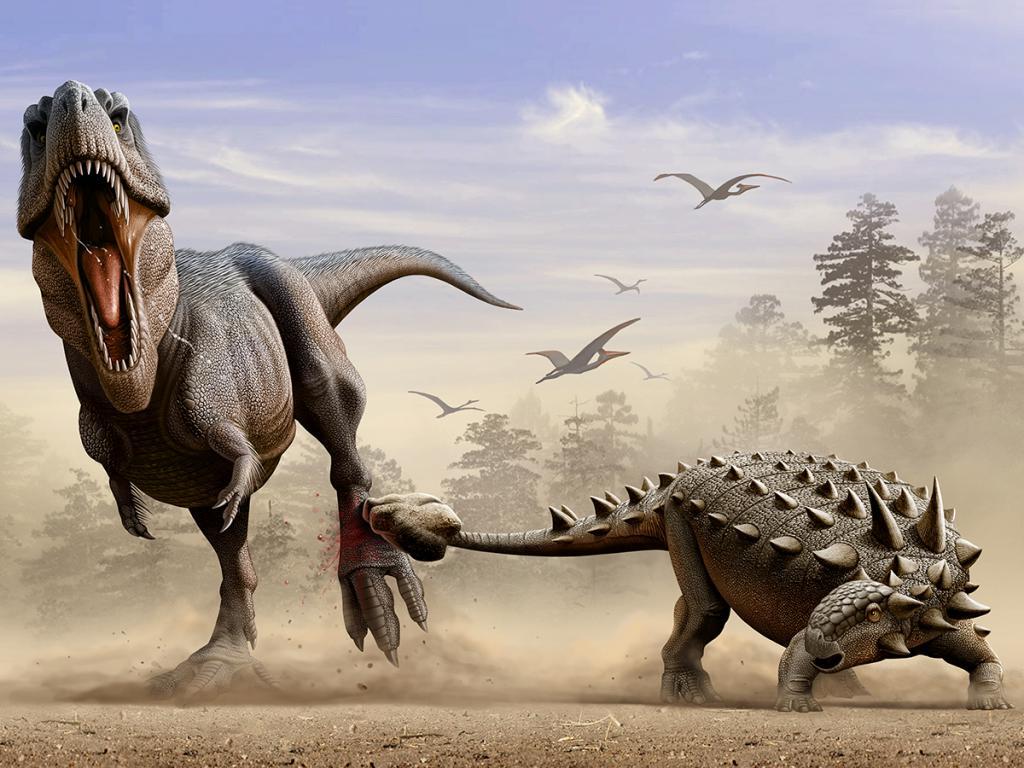
Wrestling and sumo-style competitions would favor dinosaurs with low centers of gravity, massive weight, and powerful limbs. Ankylosaurus, with its tank-like build, would be nearly impossible to move once it planted itself. Weighing up to 8 tons and protected by thick osteoderms and bony plates, these dinosaurs could use their club-like tails to keep opponents at bay. Triceratops would also excel in the wrestling arena, using their three facial horns and massive frill to defend against takedowns while leveraging their 12-ton weight to overpower opponents. The combination of offensive weapons and defensive armor would make these herbivores formidable competitors despite their peaceful nature, demonstrating that plant-eaters weren’t always pushovers in the dinosaur world.
The Gymnastics Specialists
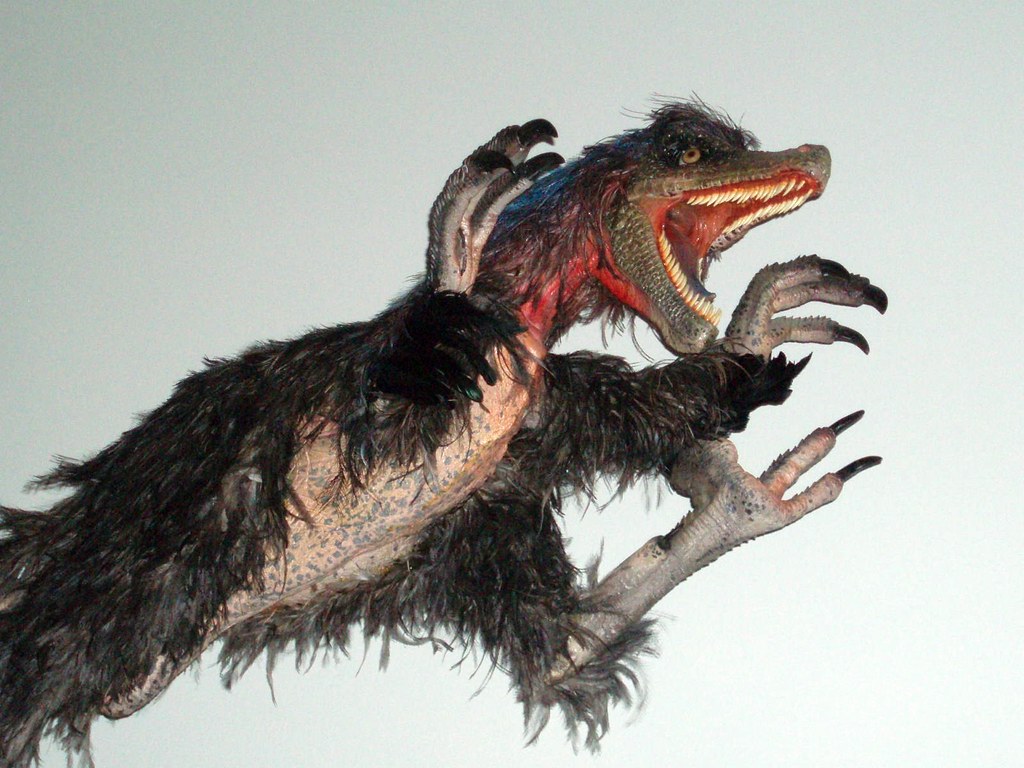
The agility, balance, and flexibility required for gymnastics would be perfectly suited to smaller theropods like Microraptor. These crow-sized dinosaurs had feathers on both their arms and legs, essentially giving them four wings that likely helped with balance and maneuverability. Their lightweight skeletons and arboreal adaptations would make them exceptional on apparatuses like the balance beam and uneven bars. Archaeopteryx, with its blend of dinosaur and bird features, would likely excel in floor exercises, combining running, jumping, and possibly even primitive flight maneuvers into spectacular routines. The small size and high maneuverability of these feathered dinosaurs would give them perfect gymnast physiques, allowing them to execute moves that larger dinosaurs could only dream about.
Soccer’s Prehistoric Legends
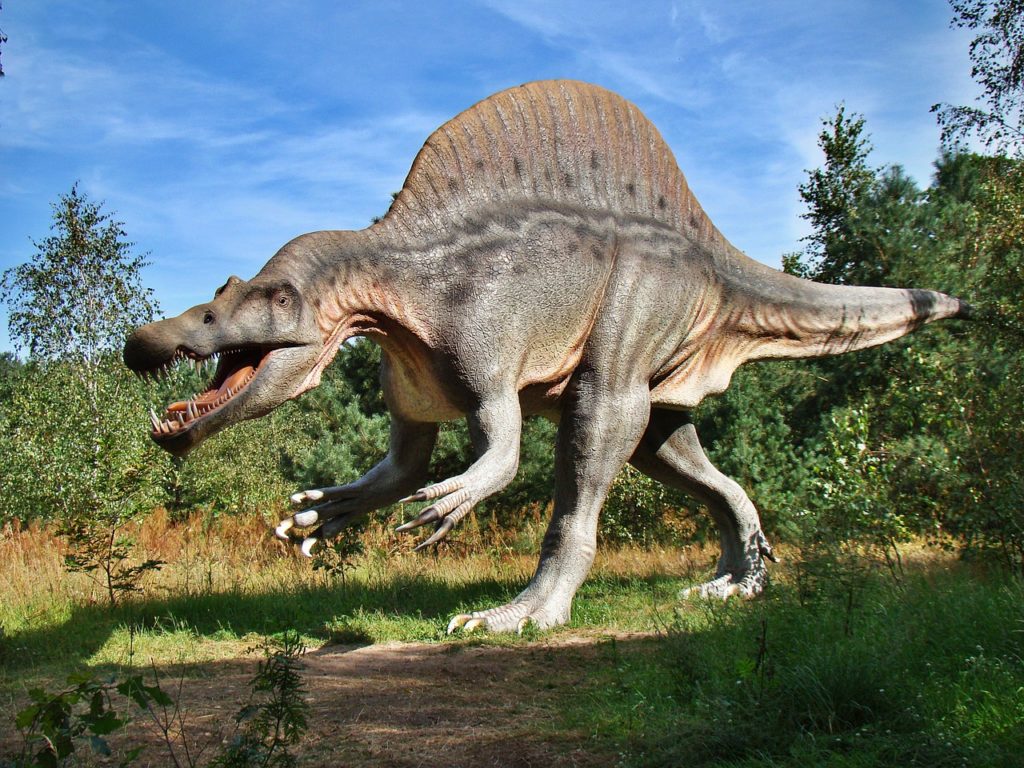
The world’s most popular sport would see interesting adaptations in the dinosaur world. Parasaurolophus, with their powerful duck-like bills and strong legs, would make excellent strikers, potentially using their hollow head crests for impressive headers. Velociraptors would dominate the midfield with their speed, agility, and pack-hunting intelligence translating to excellent passing games and field awareness. For goalkeeping, Therizinosaurus would be unmatched, using their enormous forearms and claws spanning up to 3 feet to block shots from nearly any angle. The combination of different dinosaur species would create fascinating team dynamics, with herbivores and carnivores potentially overcoming their natural predator-prey relationships to form cohesive units on the pitch.
The Long-Distance Champions
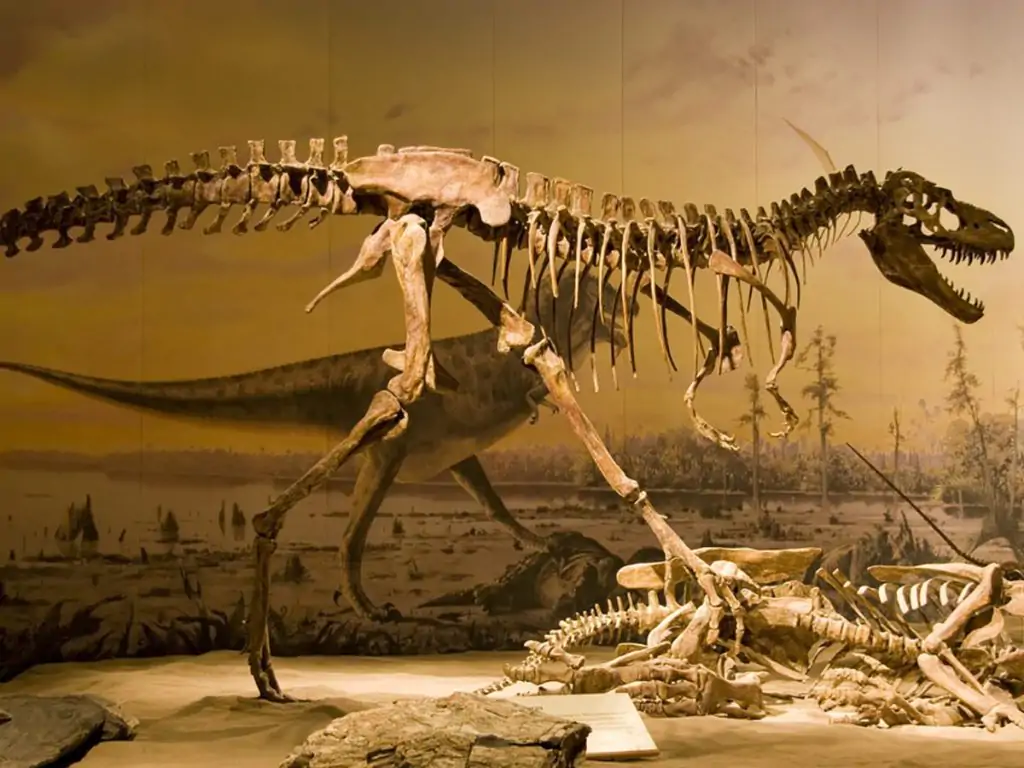
Marathon events would favor dinosaurs with efficient locomotion and impressive stamina. Ornithomimids like Struthiomimus would excel here, with their ostrich-like build optimized for sustained running. Their hollow bones reduced weight while maintaining strength, and their two-legged stance was perfected over millions of years of evolution. Maiasaura, a duck-billed dinosaur whose name means “good mother lizard,” would also perform well in endurance events, as evidence suggests these dinosaurs migrated seasonally across substantial distances. Their powerful leg muscles and efficient respiratory systems would allow them to maintain steady paces over marathon distances, making them the long-distance specialists of the dinosaur sporting world.
Weightlifting Titans
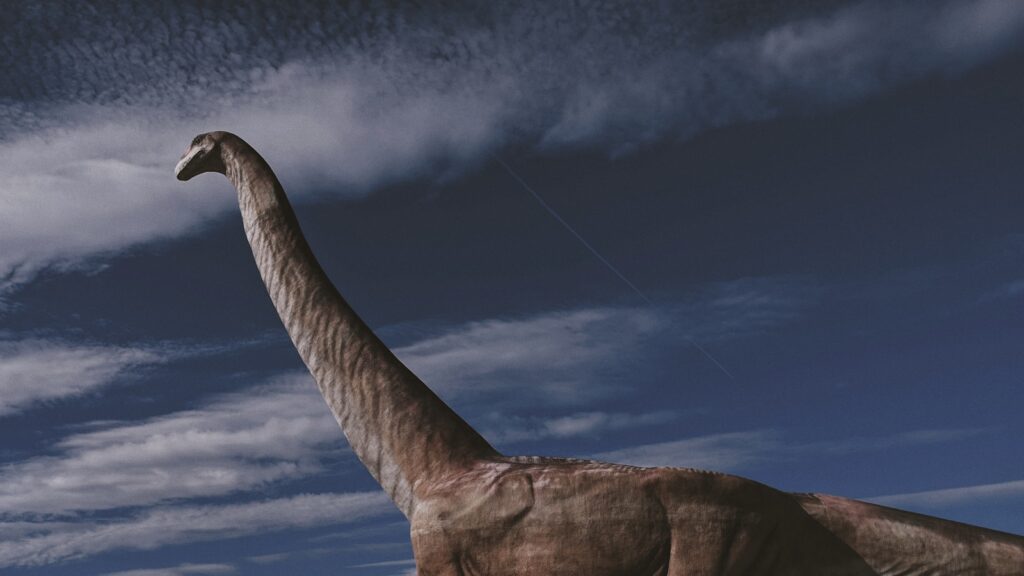
The raw strength category would undoubtedly be dominated by the largest sauropods. Argentinosaurus, potentially weighing over 70 tons, would be the ultimate heavyweight champion. Their massive neck and tail muscles, evolved to support their enormous bodies, would translate to incredible lifting power. Brachiosaurus would excel particularly in overhead lifts, with their front-heavy design and powerful forelimbs giving them a mechanical advantage. Even mid-sized dinosaurs like Stegosaurus would be impressive competitors, with evidence suggesting their thagomizer tail spikes could be swung with tremendous force, indicating powerful tail and core muscles. The sheer mass of these dinosaurs would make their lifting capabilities far beyond anything seen in modern sporting competitions.
The Tennis Aces
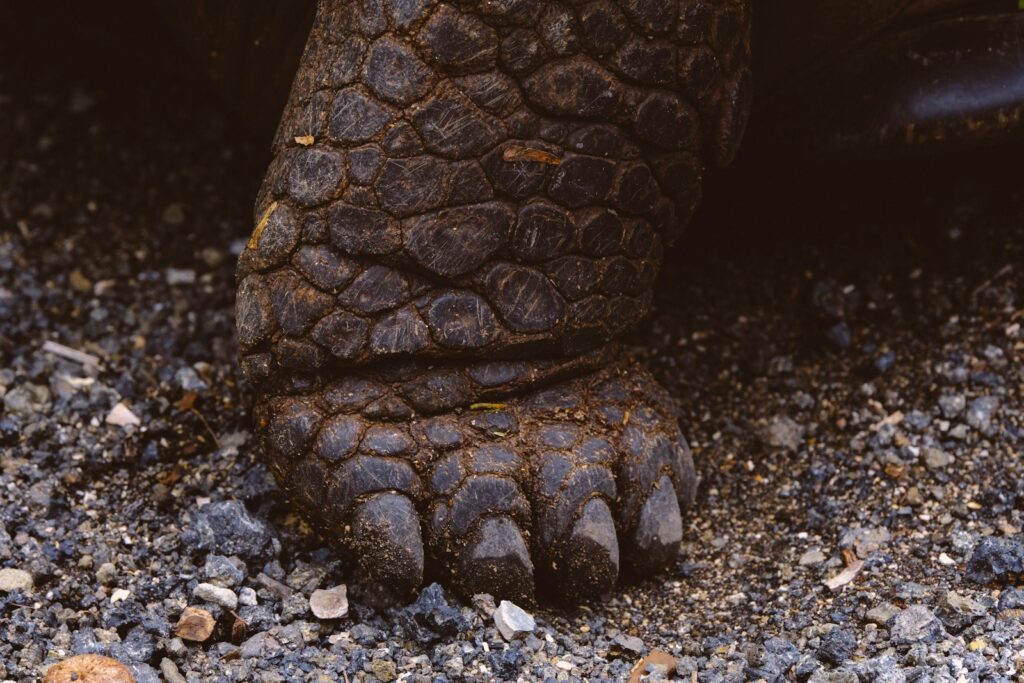
Tennis requires a combination of speed, precision, and adaptability that would suit certain dinosaur species particularly well. Deinonychus, with their agile movements and grasping forearms, would likely excel at serving and volleying. Their infamous sickle-shaped claws might even help with unique spin shots, though holding the racket would require some creative adaptations. Oviraptor, whose name unfairly translates to “egg thief” (they were likely protecting their own nests), had unusually dexterous forelimbs that could grasp objects with precision. Their quick reflexes, developed for catching small prey, would translate well to returning fast serves. The relatively small Compsognathus might develop a playing style similar to today’s quick baseline returners, using their speed and agility to wear down larger opponents in lengthy rallies.
The Martial Arts Masters
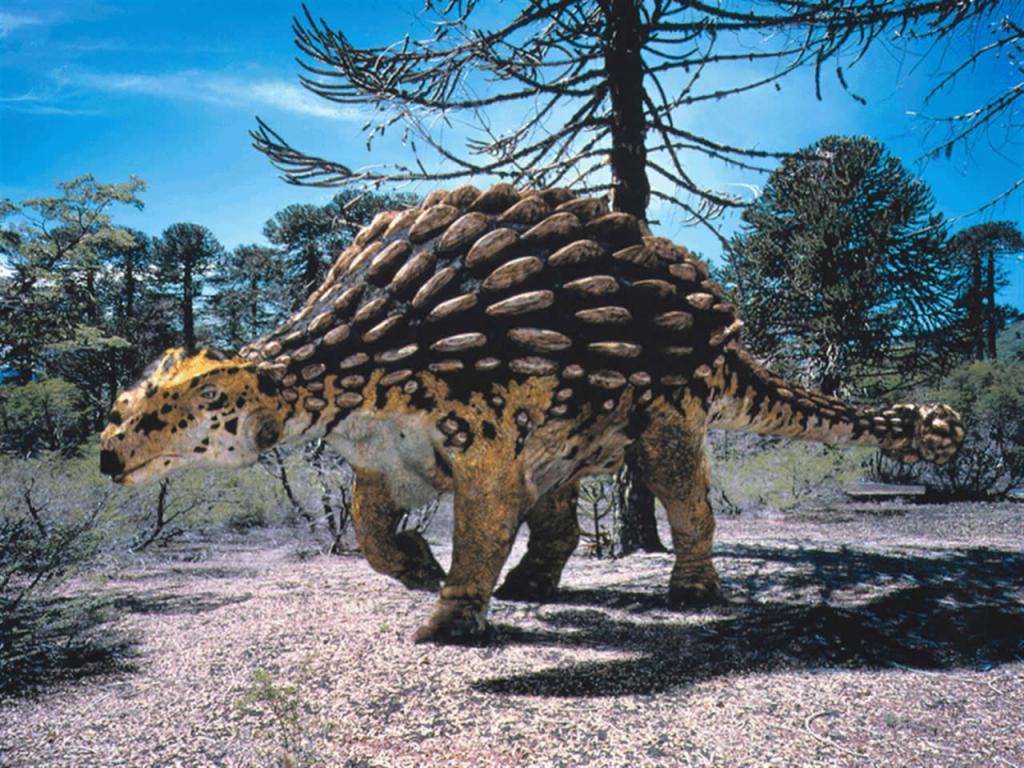
Combat sports would showcase the natural fighting abilities many dinosaurs evolved over millions of years. Dilophosaurus would bring a unique style to martial arts with their ability to potentially spit venom (though this feature was exaggerated in “Jurassic Park”) and distinctive double crests that could intimidate opponents. Pachycephalosaurus, with their dome-shaped reinforced skulls nearly 10 inches thick, would excel in any head-to-head combat sport, using their natural battering ram to devastating effect. For more technical martial arts, Dromaeosaurids like Velociraptor would develop styles emphasizing speed, precision strikes with their sickle claws, and coordinated team attacks drawing from their pack-hunting experience. The diversity of natural weapons in the dinosaur kingdom would lead to a rich variety of fighting styles unlike anything in modern martial arts.
Golf’s Surprising Contenders
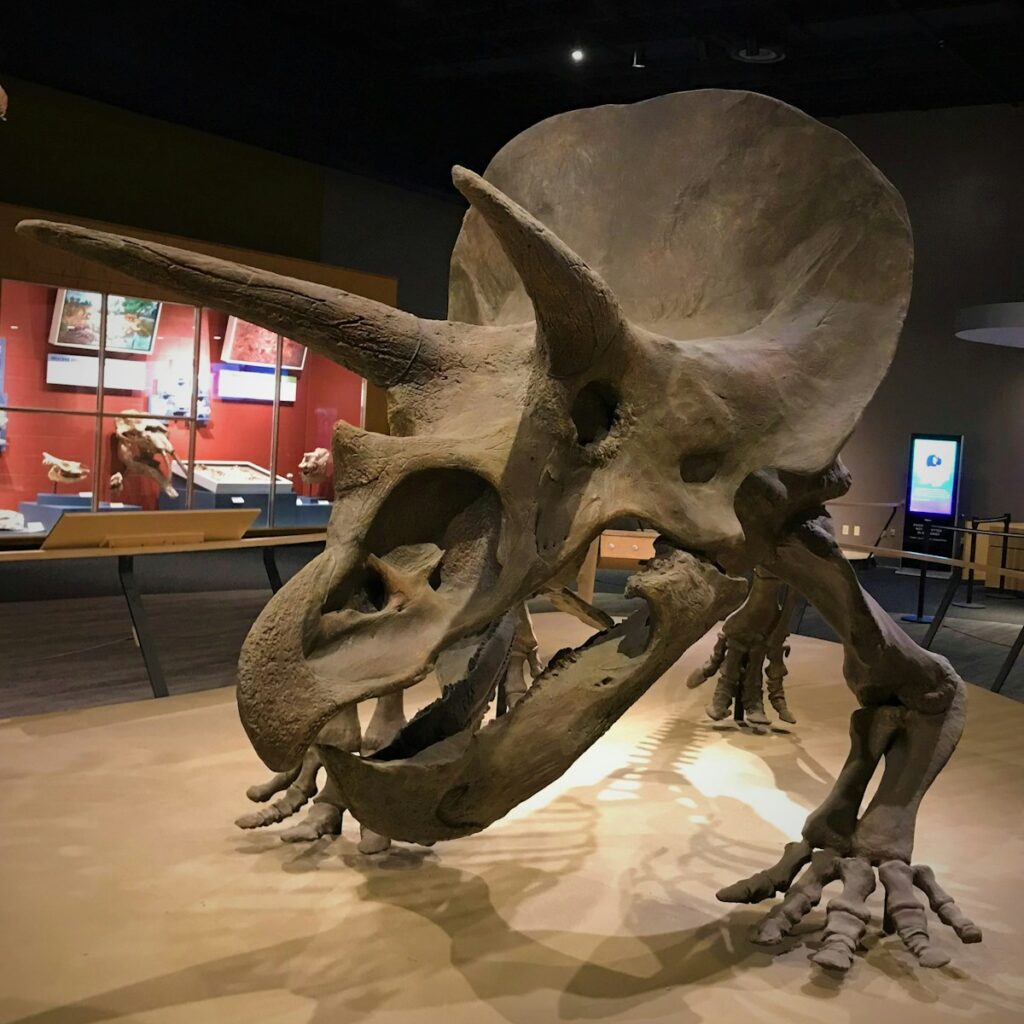
The precision sport of golf might seem unlikely for dinosaurs, but certain species would have surprising advantages on the links. Pterosaurs (flying reptiles contemporary with dinosaurs, though not true dinosaurs) like Pteranodon would have excellent course management, using their aerial perspective to plan shots strategically. On the green, Troodon, believed to be among the most intelligent dinosaurs with relatively large brains for their body size, would excel at reading complex slopes and calculating precise putting angles. For driving distance, Carnotaurus with their specialized arm structure might develop a unique swing that capitalizes on their powerful shoulders and torso rotation. Though their short arms seem disadvantageous, these dinosaurs could potentially use their powerful tails as counterbalances to generate tremendous clubhead speed.
The Olympic Field Events
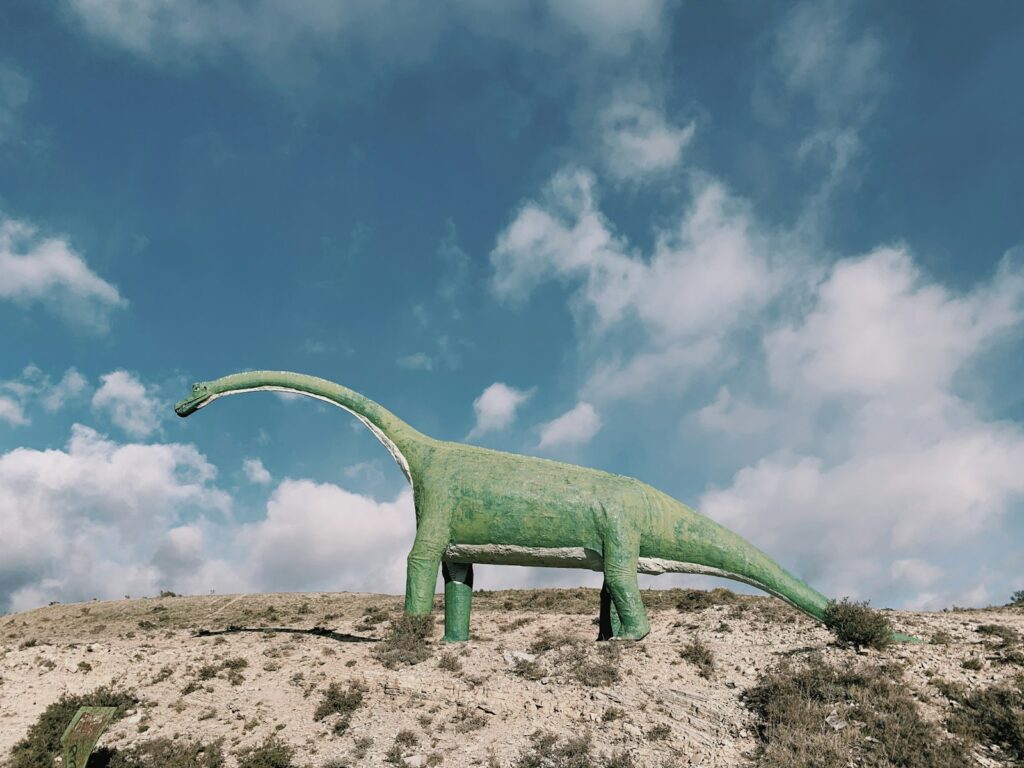
Field events like shot put, discus, and javelin would showcase the specialized adaptations of various dinosaur species. For javelin, Diplodocus could use their extraordinarily long whip-like tails to propel the implement with unexpected accuracy and distance. Ankylosaurus would dominate the hammer throw, having evolved a natural biological hammer in the form of their club-like tail end, perfect for generating centrifugal force. In shot put, Pachyrhinosaurus with their thick-boned nasal bosses and powerful shoulders adapted for head-butting competitions would have the perfect build for explosive pushing movements. The high jump might see surprising performances from Utahraptor, using their powerful hind limbs evolved for pouncing on prey to achieve impressive vertical leaps despite their significant weight.
Team Sports and Dinosaur Social Dynamics
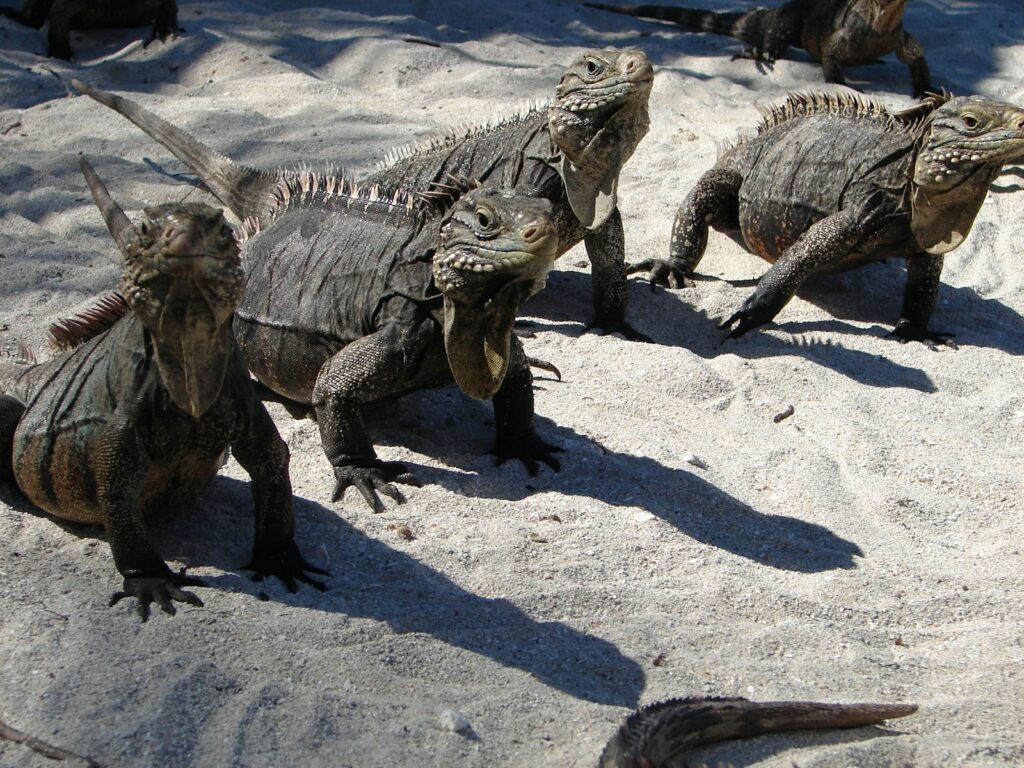
Many dinosaurs exhibited complex social behaviors that would transfer well to team sports. Maiasaura, known for nesting in colonies and caring for their young in groups, would excel at coordinated team efforts requiring communication and cooperation. Allosaurus, sometimes found in fossil groupings suggesting pack hunting, would bring strategic coordination to team sports like football or hockey. Triceratops, which fossil evidence suggests traveled in herds, would understand positional play and defensive formations instinctively. The most successful dinosaur teams would likely mirror their natural social structures, with pack hunters like Deinonychus using their coordinated attack strategies on the playing field, and herd-dwelling hadrosaurs forming well-organized defensive lines. These natural social tendencies would create fascinating team dynamics across different sports.
Conclusion

While dinosaurs never actually participated in organized sports, this imaginative exercise highlights the remarkable diversity of their physical adaptations and capabilities. From the sprinting prowess of Gallimimus to the raw strength of Argentinosaurus, each dinosaur evolved specialized traits that would have given them unique advantages in different athletic pursuits. This thought experiment not only entertains but also deepens our appreciation for the extraordinary evolutionary solutions these ancient creatures developed to survive in their prehistoric world. Perhaps the most valuable takeaway is recognizing how dinosaurs’ specialized adaptations—whether for hunting, defense, or simple survival—represent nature’s own version of athletic specialization, developed over millions of years of evolutionary competition far more consequential than any sporting event.


